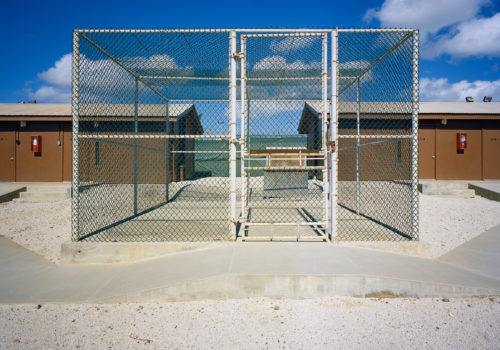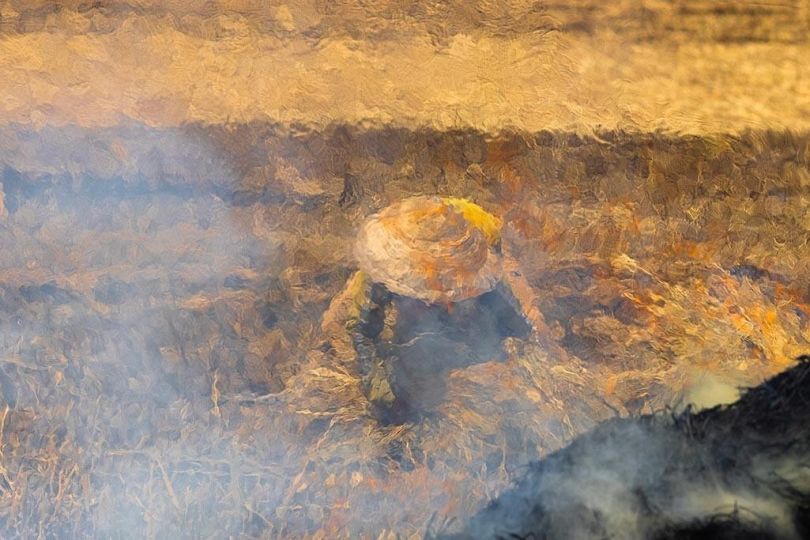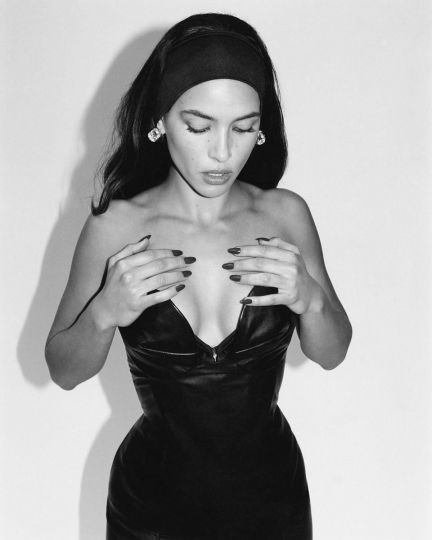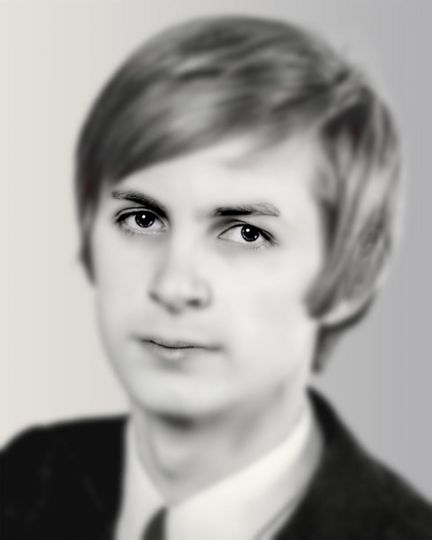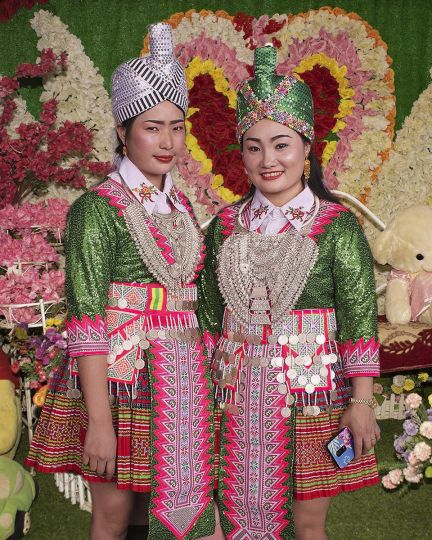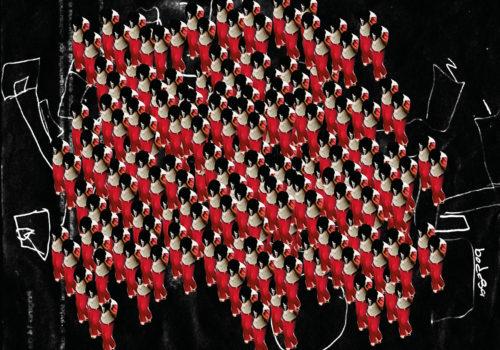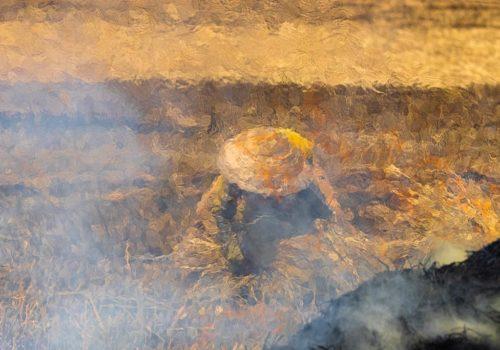This is the story of a woman’s struggle for freedom, democracy and justice, this is the story of Debi Cornwall‘s commitment.
Cornwall is an American photographer and lawyer. She received a degree in Modern Culture & Media from Brown University in 1995 while pursuing a photographic education at Rhode Island School of Design (RISD). She was an intern with Sylvia Plachy & Mary Ellen Mark, two committed photographers in the humanist tradition. She also obtained a law degree from Harvard in 2000 and subsequently worked for a decade as a civil rights lawyer. She describes her work as an attorney as:
“Representing the wrongly convicted in civil suits seeking to effect systemic change in law enforcement practices”.
Actually this means that she took up the defence of wrongly detained or convicted persons and tried to exonerate them (e.g. on the basis of DNA). It’s an exhausting battle: after 12 years as a lawyer, she returned in 2014 to her first love: documentary photography focusing on what she describes as “state crafted realities”. After a thorough investigation, she decided to focus on Guantanamo.
Guantanamo … older readers may hear a swinging melody (Guantanamera – the girl from Guantanamo) or remember the location as the setting for a Hollywood movie. But today’s reality is quite different, the name Guantanamo – or Gitmo for short in military jargon- has a bitter connotation. The place is located on the territory of Cuba, and has been a base of the US Navy & Marines since 1898. With an area of 117 km2 (45 sq mi), it is larger than Paris (20 “arrondissements”). The US pays the annual rent of… $ 4,000 , which is never collected by Cuba because it considers the base as an illegal occupation of the Cuban territory. In the aftermath of 9/11 & the war in Afghanistan, it was decided to house prisoners there. The choice is very conscious: given its location, it is argued that the US legal rules do not apply there. Prisoners believed to be involved in terrorist organizations are held and interrogated without charge, trial or conviction.
Of course this may sound acceptable in some way, but is it really the case? When the images of the torture in Abu Ghraib were published and the world cried out its disgust, a commission of inquiry was set up. The official government report states:
“Interrogation techniques intended only for Guantánamo came to be used in Afghanistan and Iraq.”
In other words, the horror of Abu Ghraib is tolerated in and reserved for Guantanamo …
Cornwall asks for permission to photograph Guantanamo, and to her surprise she received permission very quickly. She went there three times between March 2014 to January 2015 three times to the camp. There she was presented with a very detailed 12-page document with very clear instructions: a ban on photographing soldiers’ faces, on taking the slightest picture of surveillance systems, an obligation to be escorted at all times and to have the pictures recorded on the cameras SD card validated every day. The military government changed the rules when it was known that the photographer wanted to take analogue photographs: her escort accompanied her to her hotel and stayed with her while she developed her images in the bathroom.
The Cornwall Camp America exhibition shows an overall picture of Guantanamo, divided into three series.
“Gitmo at home, Gitmo at play” deals with the living conditions of the prisoners – a bare cell, a clothing package reduced to the bare essentials, a rubber prayer carpet. A television room for “good” prisoners (with leg irons) or a wheelchair to feed the “reluctant” hunger strikers. And then Cornwall contrasts these harsh images with the recreation infrastructure of the military and civilian personnel and their families on the base. They look like photos torn from an advertising brochure of an exclusive holiday resort: sun loungers on the beach, a waving advertisement for a diner and a paddling pool for toddlers all photographed in bright Kodachrome and swimming pool blues. We can only guess whether people are actually present, and the few persons who do appear on them are not prisoners but soldiers, and always seen from the back.
“Gitmo on sale“. Like any good tourist, Cornwall exits through the naval base gift shop. She photographs a colourful mishmash of objects such as a bobblehead Fidel Castro figurine, mugs depicting Camp X-Ray or fluffy animals for your youngsters such as a vulture, a rat or an iguana with dreadlocks. Here too, the contrast between the raw reality and the cheerful illusion created on the store shelves.
In the last series “Beyond Gitmo”, Cornwall goes in search of the world after Gitmo, because there is one: since January 11, 2002, a total of 780 people have been detained in Cuba; on December 15, 2020 still 40 people were locked up. 26 of these are perpetual prisoners held without charge or trial, 2 were effectively convicted and 7 have yet to appear in court. Cornwall travelled from Albania to Quatar in search of 10 freed prisoners, suspected terrorists released due to lack of evidence. She photographs them in accordance with the guidelines imposed on her by the military government in their current living environment. Many of them were no longer allowed in their country of origin, and are therefore in permanent destitution, displacement & upheaval. Their trauma from years of imprisonment and torture is thus perpetuated.
Cornwall’s creative freedom was very limited in the camp – but despite these rules & strict controls, she shows a staggering image of “Gitmo” in seemingly neutral, objective images. She has not broken any rule by adapting her style – a style she describes as “marrying dark humor with structural critique” – and she got away with it. We only can conclude that the military authorities and her escorts lacked any sense of humor.
If you do not have the opportunity to view the series in Charleroi, the publication Welcome to Camp America: Inside Guantánamo Bay (Radius, 2017) is highly recommended – but please note that only the signed version is still available from the publisher.
In her latest project Necessary Fictions (Radius Books), she examines the staging and performance of American power in immersive, realistic military wargames. This project & publication was nominated for the Deutsche Börse Photography Foundation Prize and shortlisted for the Rencontres de la Photographie d’Arles Photo -Text Book Award. She was also nominated for the W Eugene Smith Fund for Humanitarian Photography.
Camp America is an exhibition that makes us think about the scope of law, about freedom, about the role of the government. An exhibition about human rights that are curtailed in the name of reasons of State. Cornwall is kicking our conscience with Guantanamo as an example, or as she says cynically: “A place that shouldn’t exist, but is allowed to do so, heralds a wonderful future for all mankind, if we as citizens, do not defend the rule of law.”
John Devos
More info at https://www.debicornwall.com/
Practical information
Exhibitions open till May 16th
Museum of Photography
Center of Contemporary Art of the Walloon – Brussels Federation
11, av. Paul Pastur (GPS : Place des Essarts)
B-6032 Charleroi (Mont-sur-Marchienne)
T +32 (0)71 43.58.10.
F +32 (0)71 36.46.45
The museum is open from Tuesday to Sunday from 10 to 18.
Access to the Museum is subject to a reservation via www.museephoto.be

